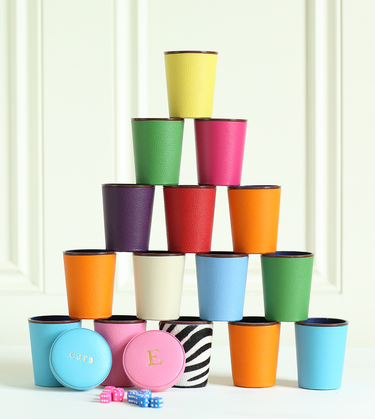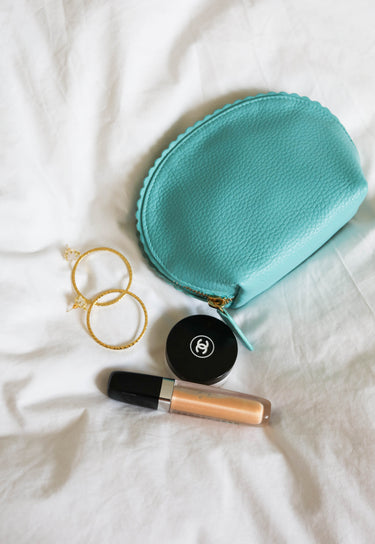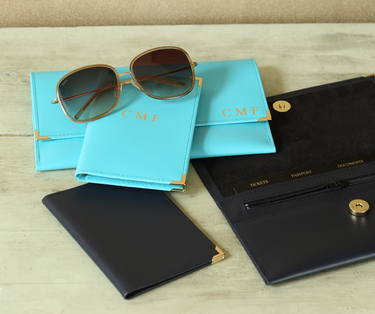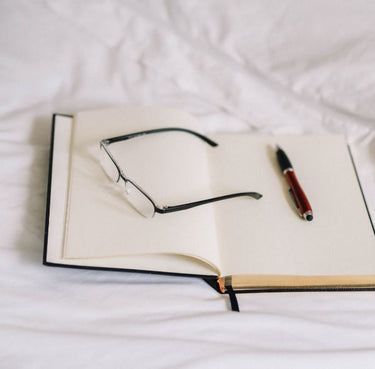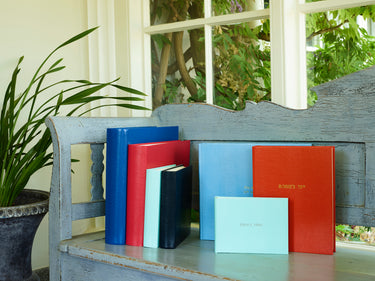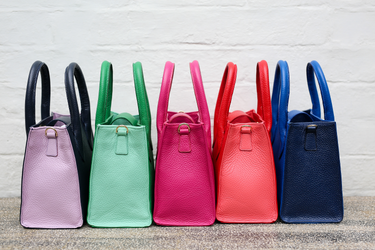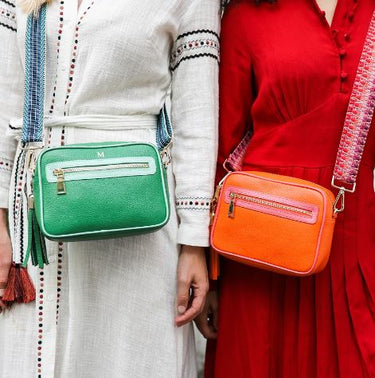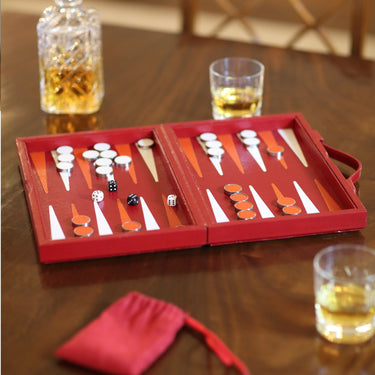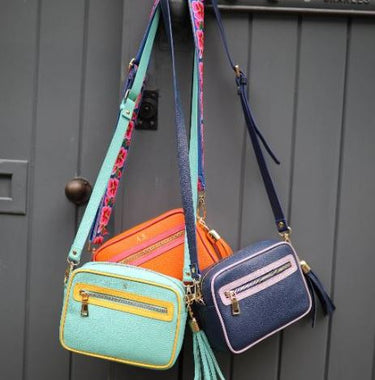What are Hip Flasks Used For?

Hip Flasks – or some form of hip flasks – have stood the test of time remaining both a practical and stylish item to own or to give someone. Although the primary use of a Hip Flask may be obvious, it is interesting not only how aspects of its use and place in society have changed over the years, but also the visual changes that have taken place on its size and shape and why this is.
As for the Noble Macmillan hip flask, triple hip flask and hunter flask and stirrup cups, this article will be particularly useful in terms of how best to use them so that you get the most out of them and thereby why it is that they make such a great gift.
A brief history of the Hip Flask
Naturally, the core use of the hip flask is as it always has been, to store and transport liquids. When we look to the early history of the hipflask (early being relative to between 60,000 years ago to its rise to popularity during the 18th century) the key changes are the type of liquid the vessel would store, the material it is made from, and its shape.
These days, a hip flask is used almost exclusively for hard alcohol which we enjoy consuming on social occasions. However, over time it has been the vehicle for water when clean water was not readily available, and similarly alcohol when it was used for more practical reasons such as preservation and sterilisation.
Likewise, the material these containers are made from has evolved dramatically from the days of earthen ware to the modern materials of the developed world such as various metals and even glass. Today, the most popular material for a Hip Flask is stainless steel – such as that which the Noble Macmillan hip flasks are made from - for reasons I will explore further shortly.

Why is it called a hip flask?
The hip flask was in fact also once known as a ‘coat flask’ – this fact alone may help indicate why the vessel is call a ‘hip flask’. As previously touched on when discussing the history of the hip flask, its name came when it eventually developed into a shape and use more likened to that which we know today.
When the popularity of the hip flask boomed during the Prohibition in the 1920s, its purpose of being a concealed vessel for your alcohol influenced its curved shape so that it would blend in with the contours of the body and not be easily seen.
The aforementioned names indicate where the flasks were, and to this day still are, stored – either within a gentleman’s coat pocket, or tucked into a pocket at the hip. Supposedly, this is also where the word ‘hipster’ comes from, whereby the people who wore a hipflask were then called ‘hipsters’.
...Check out our triple hip flask photographed in the images below.


What are hip flasks used for?
A modern-day hip flask is almost always used to store hard alcohol i.e., spirits. Although this is indeed what we typically recognise a hip flask to be for, for many people the questions still beg, can you put wine in a hip flask? Can you put port in a hip flask? Even, can you put Baileys in a hip flask? Technically speaking of course, you can… But it is likely that you will ruin your precious Hip Flask.
This is because lower alcohol beverages don’t keep quite so well. Cocktails, liqueurs and wines deteriorate worse than those with a higher alcohol content and are more likely to mix with the lining/ flask’s material. This will not only ruin the taste of your drink, but it will also degrade the integrity of the flask’s lining for its next use. Hence, the drinks usually kept in these flasks are one of the following; whiskey, bourbon, rum, gin, brandy or vodka.
Nonetheless, just because these are the recommended beverage for your flask to store, does not mean that they should be kept in there indefinitely without any thought. For ‘best practice’, you should only store alcohol in your flask for the day you plan on drinking it.
How long can you keep whisky in a hip flask?
Generally, it is said that storing your alcohol for longer than 3 days in your flask can result in altering the taste of your drink. In order to avoid this as best as you can it is recommended that you then store the flask in a cool and dry place to slow any change if you are wishing to keep it for more than this time.

The Noble Macmillan Hip Flask
The various gorgeous Noble Macmillan hip flasks are of course bound in our luxurious calfskin leather but the main body of the flask is made from stainless steel – known to be the best of all the materials that came before it. Given that a hip flask’s use is to carry a liquid which we will drink, it is important that one of the prevailing qualities be that it does not impact the taste, as well as has a rigid structure to support its shape.
The tried materials for hip flasks over time have included pewter (a metal alloy), glass, silver and stainless steel. Pewter, was for a time a popular choice as it was cheap and held its shape, however it was found to taint the flavour of the liquid and is now only used if the flask is lined with something else. Glass, having no impact on the flavour or aroma of the drink seemed a good idea however it is both heavy and liable to breaking.
Meanwhile silver is a good material for hip flasks, it is very expensive and hard to clean – silver hip flasks today are known to be a collector’s item. Stainless steel on the other hand, is by far the most popular material used for modern day hip flasks based on its winning combination of properties; hygiene (easy to clean), affordability, and its strong shape hence its use at Noble Macmillan.
Hip flasks are both stylish and due to the light weight, they are also practical. Easily concealed as desired, they carry 6oz of liquid – the perfect amount for your little kick.
The beautiful leather can be engraved with a name, initials, or perhaps date, to make a special and memorable present whatever the occasion (although it is a particularly popular gift for groomsmen at weddings). Our hip flask also comes with what is known as a ‘bayonet cap’. This is a sort of small arm attached to the lid to avoid losing the precious and important lid of the hip flask.
What do you engrave on a hip flask?
You can get initials, a name or even a special date engraved onto your hip flask. The choice is completely down to you - and a hip flask makes a brilliant gift for a birthday, wedding or any special occasion.

Hip flask care
- Before filling your hip flask for the first time, rinse the inside with clean water.
- Always empty the flask after use and rinse it out before refilling.
- Leave the lid unscrewed and allow your flask to air dry.
- Do not keep liquids in the flask for longer than 3 days.
- Refill only when you are to use the hip flask.



